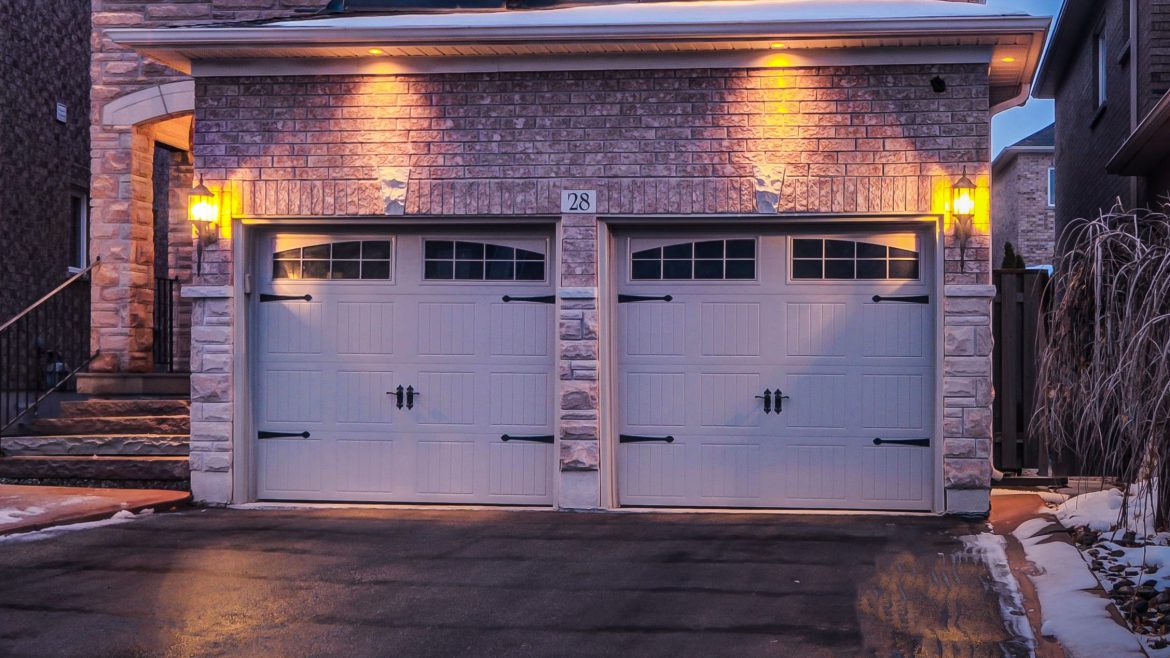Should you create an intergenerational space in your Toronto home
https://imaginahome.com/wp-content/themes/osmosis/images/empty/thumbnail.jpg 150 150 Nisha Muire Nisha Muire https://secure.gravatar.com/avatar/09971b406125a2f92a37bf65b08fd3c3?s=96&d=mm&r=gIf you do decide to add an in-law suite or a complete intergenerational section to your home, you will need the proper permits to do so. Make sure you find out what the by-laws are in your municipality for such an addition as most communities have strict rules governing what can be done. There are rules covering every aspect of building additions ranging from how the facade should look to the thickness of the insulation and sound-proofing placed between the dwellings to increase privacy.
The other things to keep in mind when building an in-law suite is to keep it on the main level so that elderly parents won’t have to negotiate any stairs. Be sure to include railings in all hallways, the bathrooms and even the bedroom. Be sure that cupboards and counters are all placed at comfortable reaching heights so that aching joints won’t get stressed when performing mundane, everyday tasks.
Some things to keep in mind when planning on either purchasing a home with an intergenerational suite or adding one to your existing home is that you will have to clearly set out house rules and boundaries for both families. Small things like whether just walking in and out of each other’s spaces is okay can cause a rift if it isn’t clearly defined early on. However, having your in-laws close by can bring immense rewards and be a source of bonding between grandparents and grandchildren.

